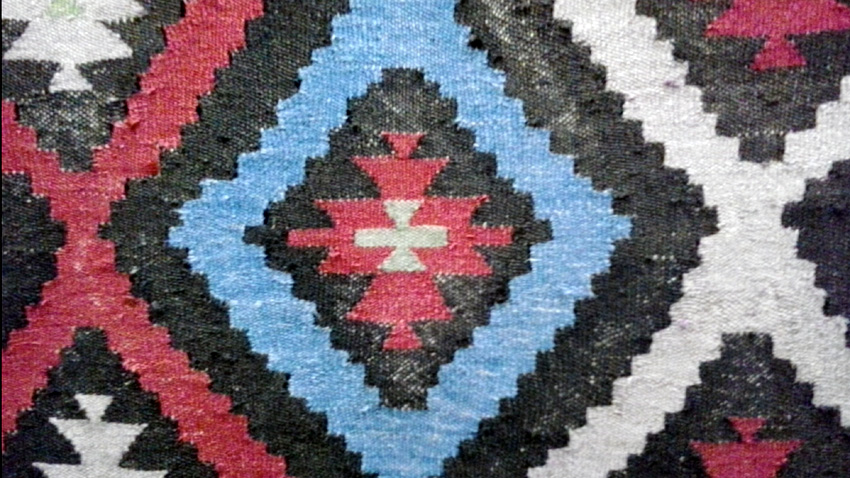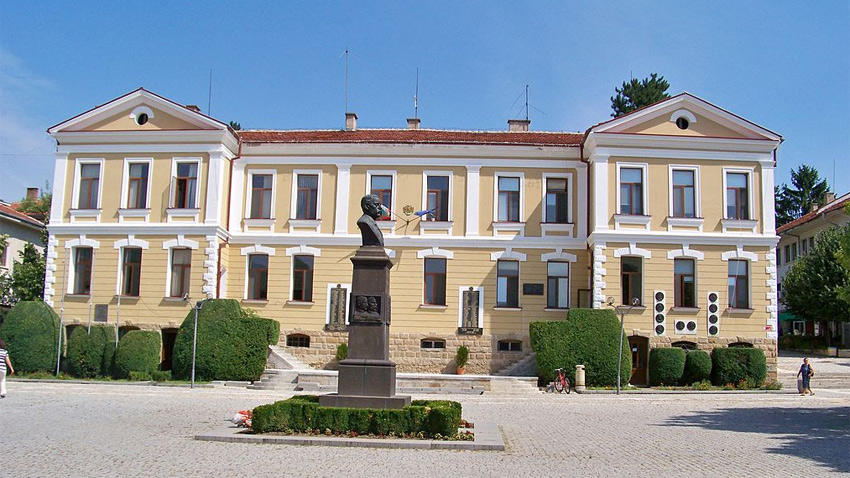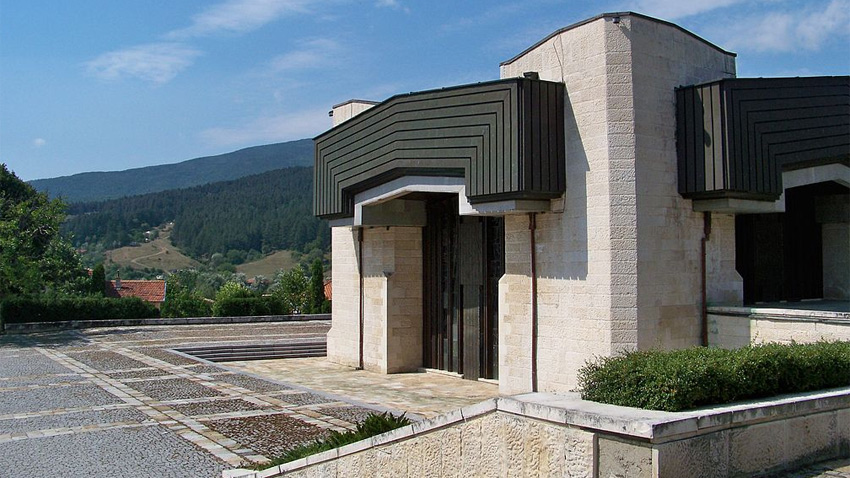The town of Kotel welcomed us with torrential rain, but the mountain peaks and venerable forests made the meeting with this picturesque place of the Bulgarian Revival period even more unforgettable. The history of the town was defined by its location near a strategic mountain pass. Kotel was built at the foot of Razboina, Komincheto, Vida, Suhi Dyal and Chukarite peaks. The town was named Kotel, because it resembles a cauldron (Kotel means cauldron in Bulgarian).
Deputy Mayor of Kotel Detelina Adamova told Radio Bulgaria details about this ancient Bulgarian town.
“Kotel is a legendary and historical town. It impresses visitors with the unfading romance and the magnificence of the wooden houses which survived the big fire of the remote 1894. A Bulgarian folk song praises Kotel as a wonderful small town. The picturesque town attracts many Bulgarian and foreign tourists with its rich history, the architecture of the Bulgarian revival period that survived a series of fires and the impressive local carpets.”

The town of Kotel consists of many ethnic groups. Bulgarians, Turks, Roma and Karakachans cohabit peacefully there. The town has a population of nearly 7,500 people and the Municipality of Kotel is formed by the town itself and 20 villages. The Municipal administration is now making efforts to build new roads in the region.
Curator of the History Museum in Kotel Plamen Merdzhanov told Radio Bulgaria how the museum was established:
“The foundations of museology in Kotel were laid by the renowned local politician, journalist, patriot and public figure Petar Mateev who provided in 1937 the funds necessary for the construction of the library-museum building in the town. He also donated his private museum collection, his memoirs and a series of rare historical exponents which laid the foundation of museology in Kotel together with other donations of the local population. Bozhil Makaveev was the first keeper of the library-museum.”

The library-museum became a venue of scientific research and activities. Petar Tsonchev was the Bulgarian patriot who systematized the museum exponents into several thematic sections: archeological collection, weapon collection, old books, archive department, portraits, maps and graphics. Most of the exponents were donated by the citizens of Kotel who lived in Dobrudja region. In 1960 a new museum dedicated to the Bulgarian Revival Period was unveiled. Since most of the exponents at that museum were mainly part of the everyday life of the Kotel citizens, the museum later became a storehouse of ethnographic valuables. In 1981 the Pantheon of Georgi Sava Rakovski with Museum of the Kotel Writers of the Bulgarian National Revival was unveiled.  Rakovski was born in Kotel. He was the founder of the organized Bulgarian National Liberation Movement which had to free that country from the Ottoman rule. Georgi Rakovski was a journalist, historian, ethnographer and an erudite.
Rakovski was born in Kotel. He was the founder of the organized Bulgarian National Liberation Movement which had to free that country from the Ottoman rule. Georgi Rakovski was a journalist, historian, ethnographer and an erudite.
The rich history of this Bulgarian region was presented at the Museum of History in Kotel. Nine museum expositions in Kotel, the nearby town of Zheravna and the villages of Gradets and Medven depict the exceptional role of this region in Bulgaria’s history, as well as the impressive material and spiritual culture of the local population.
English version: Kostadin Atanasov
Photos: Shevkiye Chakar and wikipedia.org
The Boyana Church will be an attractive center for the delegates of the 47th session of the UNESCO World Heritage Committee , who will gather in Sofia in July this year. The Church of St. Nicholas and St. Panteleimon is one of the..
The Nikola Vaptsarov Naval Academy in Varna has marked 144 years since its founding. A period in which the educational institution has followed the trends for highly specialized training of specialists in various professional fields..
Quiet among the Lyulin Mountain slopes, the Klisura Monastery of St. Petka is marked by mystery and radiates spirituality. It is located only 7 km from the resort town of Bankya, near the village of Klisura. Winter is the time when the holy monastery..

+359 2 9336 661
